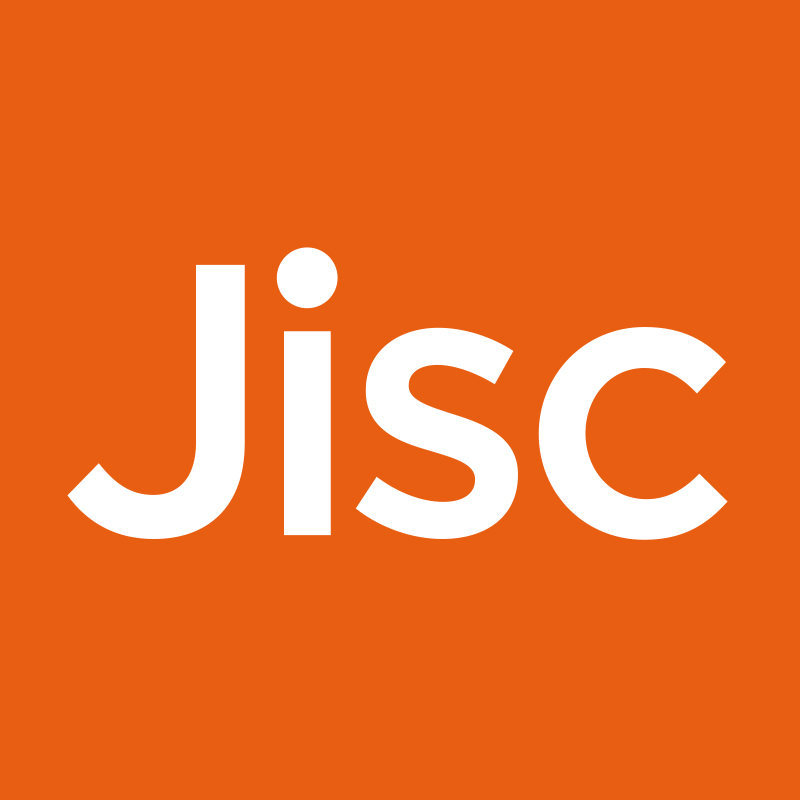Guest post from Sarah Younan, a PHD candidate at Cardiff School of Art and Design, reporting on 3D Scanning: Three-dimensional Artefacts from the Past, for the Future, held in Cambridge on 10 and 11 December 2012
3D SCANNING FROM THE PAST FOR THE FUTURE
(image courtesy of Sarah Younan)
This symposium brought together attendants and speakers from various backgrounds; scientists, art historians, conservators, historians and archaeologists, to name but a few. My own background is in art and museum intervention. This will naturally be reflected back in my writing. My primary focus is on questions of representation and meaning and a little less on technical aspects and questions of data format, matters of copyright and archiving.
Representation of artefacts is pre-requisite to their documentation and classification. Technological innovations from print to photography, digital imaging and now 3D scanning have led to great shifts, bringing wider accessibility and greater objectivity to the visual documentation of objects. The reproduction of historical artefacts has been common practice since the 18th century, through casting and, later, electrotyping. 3D scanning and rapid prototyping now allow for 3D copies to be produced without surface contact and minimal risk of damage to the original. Virtual reproductions do not deteriorate, can be widely accessed via the internet and bring new opportunities in education, documentation, display and research. The deterioration of the original object can be assessed against the 3D scan and digital copies can be ‘handled’, deconstructed and used to test restoration and hypothetical reconstructions. 3D data can also be used to record historic objects and heritage sites and create immersive environments. 3D images can to some extent be created from old photographic material and so digitally reconstruct lost objects. The Bamiyan stone Buddhas give a poignant example of this digital ‘bringing back to live’ through photogrammetric reconstruction.
The 3D scanning of historical objects throws up new questions and poses new challenges. The production of precise scans is a craft in itself. Different solutions have to be found for challenging surfaces and scales. Examples given by the speakers ranged from custom-built tables and abseiling scanners to methods of scanning highly reflective surfaces, textured objects, Stonehenge and dust clouds on Mars. A variety of strategies and technologies are used to rise to these challenges. The need to share these and ensure that knowledge gained from individual projects is not lost to the community was pointed out. Post-scan production tends to take more time than the actual gathering of data. At this level another great challenge is posed by the lack of standards in data format and archiving. JISC hopes to instigate such a standard of best practice that will aid multidisciplinary projects and the preservation and sharing of data.
Scanning technologies are rapidly evolving. The physical properties of objects can be estimated from laser data and advances in rapid prototyping mean that it will soon be possible to print true-to-material reproductions of objects. 3D printers that employ laser sintering already make this possible for gold, silver and other metals. Multidisciplinary projects such as ‘Representing Re-formation‘ bring together Science and Heritage in collaborations from which all parties involved benefit.
Digital representations and reproductions of objects include appearance, form and scale and are soon likely to include physical properties and function. Would such reproductions be perceived as perfect copies or fakes? Scanning can be seen as an objective method of documentation, but a certain subjectivity can not be avoided in the post-production of scans and the hypothetical reconstruction of objects. Digital anastilosis presents a historical best guess, no matter how meticulous the research. When 3D reconstructions are presented to viewers online, through film or as environments how important is it to point out this element of uncertainty? Can modern audiences be expected to understand that digitized objects are a form of interpretation? Viewers are likely to have some experience of 3D artwork through animated films and gaming and aware of the highly edited content of most images they see on a daily basis. I feel there is a definite need for qualitative research here and, as David Arnold pointed out, a need to establish provenance of data and develop a ‘semantic of form’.
At the end of our round table discussion Christian Mortensen pointed out that curators must start dealing with these digital models. I would like to add that artists have an equally important role to play in investigating digital artefacts and their perception. 3D technologies have the capacity to play an inherent part in the heritage sector. As well as bringing numerous benefits to the collection, documentation, safe guarding and presentation of objects 3D technologies can provide personal and meaningful connections to viewers. New technologies allow for the digital expansion of the museum as a social instrument and a discursive space, enabling an unprecedented dialogue with the viewer.

